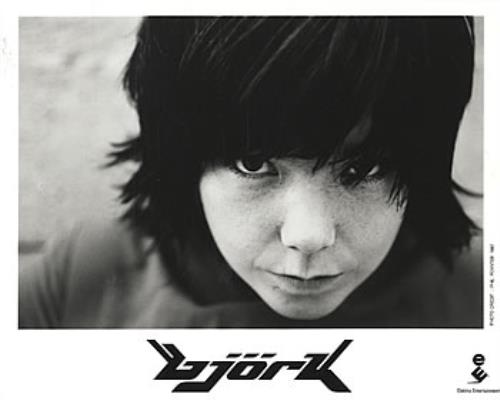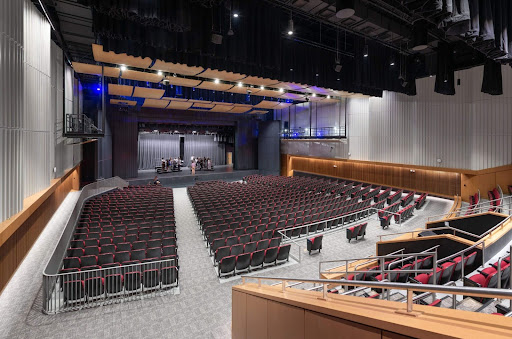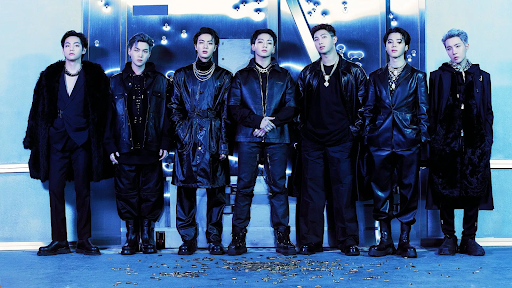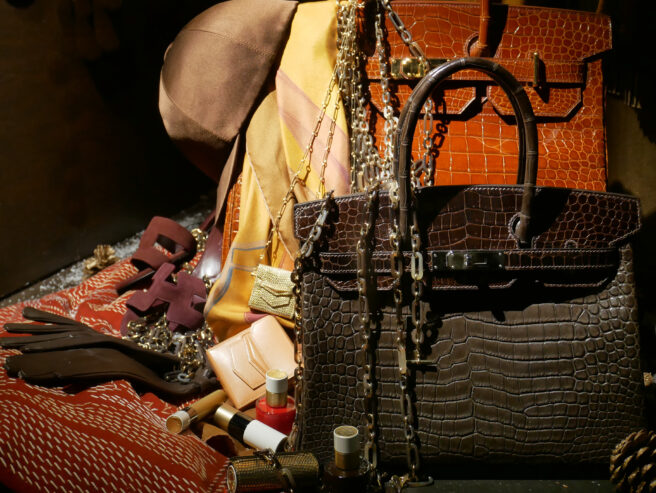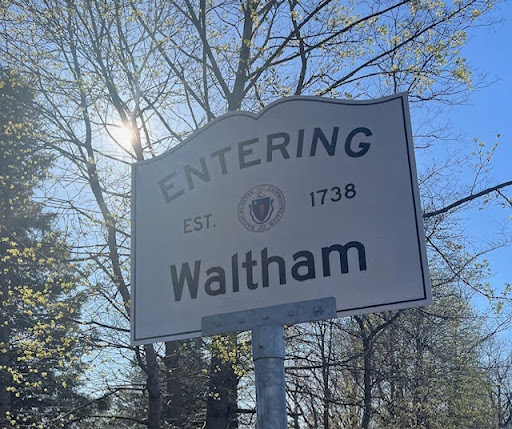Björk Guðmundsdóttir is a singer/songwriter from Iceland, and one of the most influential artists in the electronic and experimental genres. Before her solo career, she was in multiple different bands, one being “The Sugarcubes” from 1986-92. She released her Debut album in 1993 and continues to release music today.
Around 1992, Björk moved to London in hopes to pursue a solo career. The move away from Iceland caused her to feel homesick and out of place. She also experienced a physical altercation with a journalist in Bangkok, as well as an incredibly disturbing encounter with a stalker. Both events nearly stopped her from producing music. Instead, she made Homogenic.
Homogenic was Björk’s third studio album. It was released on September 22nd, 1997, and runs for 43 minutes and 32 seconds. Its genres include experimental music, alternative rock, electronica, and trip hop. The producer, Markus Dravs, recalls her saying that it should feel like “rough volcanoes with soft moss growing over it.”
The title, “Homogenic”, comes from the word homogeneous, “of the same or a similar kind or nature”. This is because of the album’s “single flavor sound”, where each song shares a similar taste in sound and beat while still staying unique and individual.
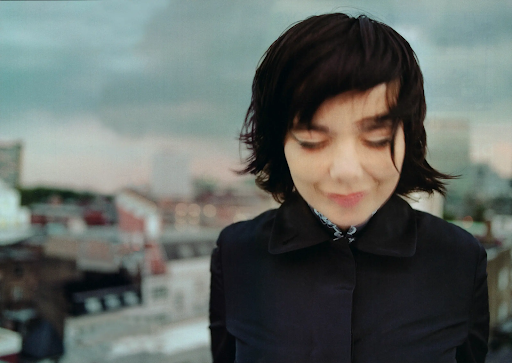
She once told Jam! magazine, “I’m really seeking after something that’s Icelandic. And I want it to be more me, this album. Debut and Post are a bit like the Tin Tin books. Sort of Tin Tin goes to Congo. Tin Tin goes to Tibet. So it’s all these different flavors, me sort of trying all these different things on, which is very exciting, but now I think it’s a bit more Björk goes home.”
“In Iceland, everything revolves around nature, 24 hours a day. Earthquakes, snowstorms, rain, ice, volcanic eruptions, geysers… Very elementary and uncontrollable. But at the other hand, Iceland is incredibly modern; everything is hi-tech. The number of people owning a computer is as high as nowhere else in the world. That contradiction is also on Homogenic. The electronic beats are the rhythm, the heartbeat. The violins create the old-fashioned atmosphere, the colouring”, she told Oor magazine.
The ten songs included are “Hunter”, “Jóga”, “Unravel”, “Bachelorette”, “All Neon Like”, “5 Years”, “Immature”, “Alarm Call”, “Pluto”, and “All Is Full of Love”.
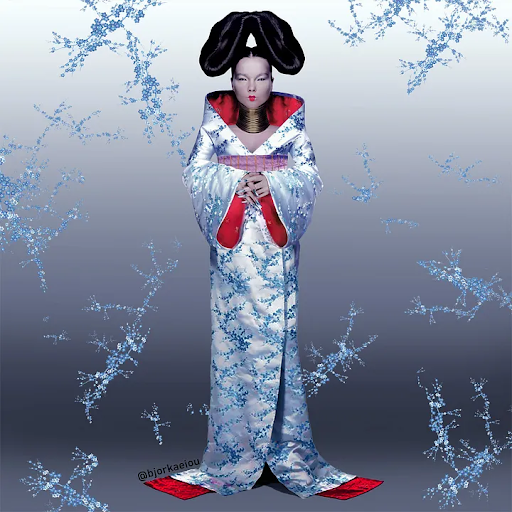
Jóga- “Jóga” was placed number 35 in the “100 Best Singles of the 1990s”. “Lyrically, the piece is an ode to Björk’s native land and her best friend, while containing subtexts relating to the state of emergency.” “She sings about the beauty of being in a ‘state of emergency’, and thanks someone for pushing her into it.” (wikipedia)
“Jóga” was both written for and named after Jóga Gnarr Jóhannsdóttir, Björk’s best friend. The lyrics were written by Sjón, another one of her friends, due to her “inability to write the song’s lyrics”. In an interview with MuchMusic, she explained, “I tried to write that tune but, I mean, I just wanted mainly to write lyrics. It was just pathetic. I was like ‘her… her…’ it was like ‘love… love…’ I couldn’t even put it into words. So, you know, it’s—yeah, it’s probably the—I think it’s the fiercest love song I have written, I think.”
The song is 5 minutes and 5 seconds long, and, being the second song on the album, continues the theme of traditional and unusual instruments combining with modern beats and eccentric vocals. In “Jóga”, this is shown with string instruments, a synthesizer, a vibraphone, percussion instruments, and electronic beats.
Unravel- “Thom Yorke famously called ‘Unravel’ one of the most beautiful songs he’d ever heard—Radiohead covered it reverently in 2007.” (100best.music.apple.com)
Unravel is a 3 minute and 21 second long track about two distant lovers, realizing that their love is “unraveling”, like a “ball of yarn”. Björk strives to rekindle her lost relationship.
The song is very somber, and uses both a church organ and a saxophone. There are also soft, far-away electronic beats in the background. She uses a singing technique, half-singing, half-speaking, which is “comparable to that of Old Icelandic choirmen”, said Njáll Sigurðsson, an Icelandic folklorist.
Bachelorette- “Because I wanted the lyrics to be so epic, I got my friend Sjón – who’s a poet in Iceland – to write them. We sat together at the kitchen table and drank a lot of red wine and I told him the whole story for hours and days and he wrote the words from that story”- Björk in an interview with Record Collector, 2002.
Bachelorette is the third part of a “song trilogy”. The first piece is “Human Behavior” on her Debut album and continues with “Isobel” on Post. She explained, “So on Bachelorette, Isobel decides to return to the city. It’s like the sequel to her story. She goes back to the city by train, which is why the beats of the song are like a train, and she prepares to confront all the people that she loves with love. It’s a disarming confrontation” (genius.com).
The song is 5 minutes and 18 seconds long. It uses a variety of instruments, including strings, timbales, timpani, alp horn, an accordion, and hauntingly beautiful vocals. The song itself is very theatrical, along with its surreal music video.
All Neon Like- “Its lyrics ‘tell of a ‘healing’ that’s made possible by some sort of a ‘cyberspatial connection,’ and threads that ‘reach out to someone who’s trapped in a cocoon of emotional/physical pain.’ Björk sings in the second-person, taking the position of a ‘healer’. As she ‘feeds the ‘sick’ through the threads, he gains strength to start living again.’” She compares this process to a “spider weaving a web made of glow-in-the-dark neon thread”. (wikipedia)
“All Neon Like” is 5 minutes and 55 seconds long, and is the longest track on the album. The song is mostly electronic, but it does include a glass harmonica, played by Alasdair Malloy, which creates a unique sound that can be heard in the background of the entire song.
All Is Full of Love- “The video is often cited as one of the best of all time and a milestone in computer animation; it has been displayed in art exhibitions and was on display at the Museum of Modern Art in New York City.” (Wikipedia)
The original version of “All Is Full of Love” plays for 4 minutes and 32 seconds. The video edit version extends to 4 minutes and 52 seconds. Its music video was directed by Chris Cunningham.
“Pluto” comes just before “All Is Full of Love”, and is a song about exploding her current body to be “brand new tomorrow”. “All Is Full of Love” is about restoring, starting anew, and love. “Love isn’t just about two persons. It’s everywhere around you.“ “However, she also described it as ‘taking the piss’, considering it the most ‘sugary song’ ever.” (wikipedia)
